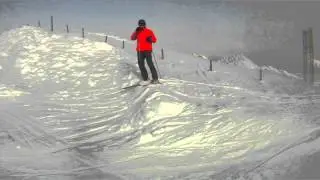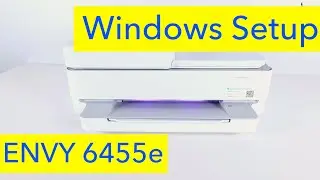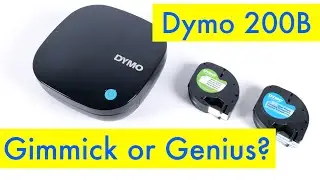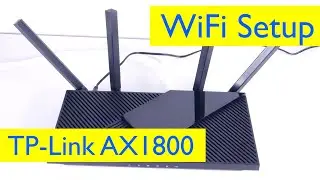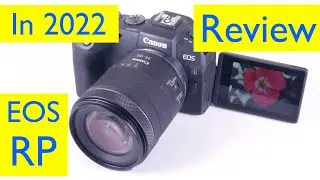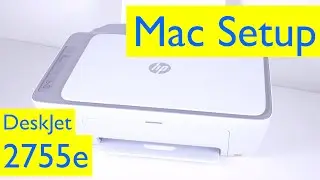Photography Bargain?: Canon EOS RP Review and 4K Video Footage test - in 2022
Canon EOS RP Review and 4K Video Footage test - in 2022
Canon EOS RP Review and 4k Video Footage Test
Canon EOS RP (with kit lens): https://amzn.to/3XSXD6k
Canon EOS RP (body only): https://amzn.to/3H082TA
Canon RF to EF adapter: https://amzn.to/3xhe4e6
Panasonic S5 (for better 4k Video): https://amzn.to/3O2CuPu
In this video, I’ll be reviewing and testing the Canon EOS RP Mirrorless Full-frame camera. At first glance, the Canon EOS RP looks very familiar to anyone who’s used a Canon Rebel DSLR. It has a nice deep grip, handles very well and is very well-balanced even when shooting with one hand. It’s also a fairly compact camera weighing in at a paltry 440g for just the body. In fact, just to give you a sense of how compact this camera is, you can see that it's almost as compact as my trusty Canon Rebel SL2 - which in itself is a very compact DSLR. This makes it great as a travel camera, especially if you’re coming from a bulkier, full-frame DSLR. The build quality is also very reminiscent of Canon DSLRs, with their rugged plastic bodies. The unit isn’t weather sealed like more expensive Canon bodies, but will definitely hold up to use in the field. Where it differs from Rebel DSLRs is its sensor. The Canon EOS RP has a 26MP Full-Frame sensor, which is almost identical to the sensor on the bulkier Canon 6D MKII. The button layout on top will also be very familiar to Canon users, it's really intuitive and all the buttons are placed very thoughtfully. There is a standard canon hot shoe mount but they’ve skipped the pop-up flash you would find on a regular DSLR. Very few people actually use those flashes, so you’re not really missing much. The button layout on the rear face is no different, everything is very recognizable and well spaced. The camera has a 3 inch articulating screen which can be tilted and flipped to almost any orientation. Great for vloggers or the extremely unique folks who need the occasional selfie with a professional camera. The screen also performs well even in the bright sunlight. In typical Canon fashion, the menus and options are very cleanly laid out and the touchscreen is really as good as it gets when it comes to camera touchscreens. The most unique thing on the back is the electronic viewfinder, which unlike the optical viewfinders on DSLRs can accurately help you preview both exposure and focus when taking a shot. The Canon EOS RP uses a LP-E17 battery pack, which is again borrowed from its Rebel line of DSLRs like my Canon Rebel SL2. The battery lives in this compartment on the bottom. This compartment also houses the SD card slot. On a camera at this price point, I would really have liked to see an sd card slot located on the side of the camera, instead of on the bottom. This would really make the camera more user friendly. And rather unsurprisingly, the Canon EOS RP also has a ¼-20 tripod thread on the bottom. So the big question though, is how does it perform? Now, while there are several really good RF lenses which can be used with this camera and several EF and EF-S lenses that can be used with an adapter, I am going to perform all my tests using the Canon 24-105 mm RF kit lens that comes bundled with this camera. And spoiler alert, this is a really good beginner lens, especially when you buy it kitted with this camera. I’ll leave a link to that kit below. When it comes to photos, it takes images as large as 26MP and stores them in either JPEG, RAW or both JPEG and RAW formats at the same time. Now the image quality from this camera, even with the kit lens, is simply breathtaking. The images are sharp, the bokeh is nice and soft, and it just produces photos with that characteristically professional-looking full-frame aesthetic. And what I love the most about Canon cameras is the colors. They might not be 100% accurate, but they’re by far the most pleasing. And another thing I loved was the speed and reliability of the dual-pixel autofocus for still images, it made the process of taking pictures very enjoyable. And thanks to the size of the full frame sensor, low light shots are also very impressive and there is very little grain even at higher iso settings. Definitely an advantage over an APS-C sized DSLR. When it comes to video, the camera can shoot video in 4K and 24fps, Full HD at 60, 24, and 30 fps and 720p at 60 and 30fps. Now while it does shoot 4K and the 4k is decent, as you can see in these shots, I do not recommend using this camera to shoot in 4K for two reasons. Number one, the weird tight crop. So when you flip the camera over into shooting in 4K, you’ll suddenly notice that there’s a very tight crop applied to the frame. This is because in 4K mode the camera doesn’t use the entire full frame sensor. This is both inconvenient and just defeats the point of having a full frame sensor. What’s even more infuriating is that Canon has disabled the Dual-Pixel autofocus when you begin shooting in 4K. So, you pretty much have almost close to no usable autofocus in 4K.





